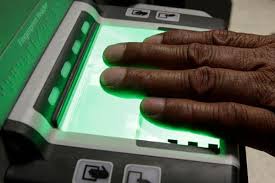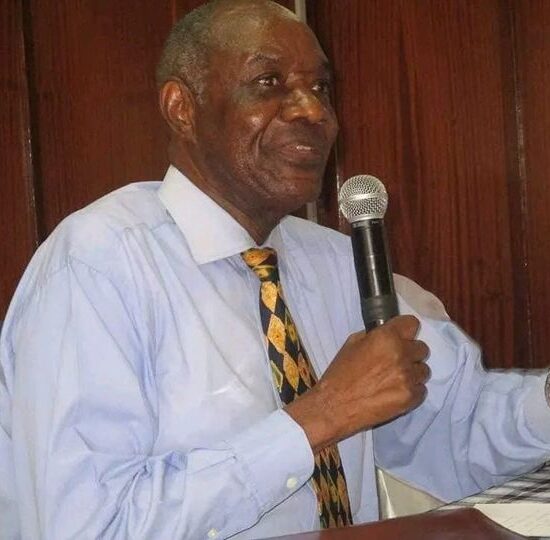
Questions have arisen on why the Electoral Commission of Zambia (ECZ) did not deploy the US$16 million biometric voter registration and screening system at all that polling centers to leverage the investment that was put into acquiring the electronic gadgets as provide a digital means to have a parallel voter tabulation system to eliminate the risk of multiple voting during the 12 August 2021 polls.
The commission is also yet to give a comprehensive report on the criteria that was adopted and why the system was only deployed at some selected centers while others had non, when the system had initially been available during the voter registration process. ECZ had reported that they had spent US$16 million on a biometric voter registration and voter screening system.
When contacted for a comment, ECZ stated that the biometric system was placed in selected polling stations in provincial centres where there was a high voter turnout. They stated that the biometric system helped to ease the voting process in those selected centers.
ECZ Corporate Affairs Manager Patricia Luhanga said one of the places the biometric voter identification machine was used is Lusaka is Chelstone Secondary School, the polling station at located at Chelstone
Luhanga further explained that the machine was intended for use at polling stations that had a high number of registered voters or high voter turn out because what we want is to quicken the process of identifying voters because it still worked as if you are in a stream.
“Imagine your name starts with the letter M and you go and line up where there are names starting with B, you will line up there, you will get into the polling station and they tell you are not supposed to vote from here you are supposed to go to the other polling station. That is why that machine was there, where there was a high voter turnout so that you are easily identified and if you are standing in a wrong queue, they refer you to the right queue”, she said.
Speaking in an interview with ZBT, Luhanga said there were no challenges experienced with the usage of the biometrics system adding that the machine was an enabler in creating efficiency. “We released the results within the 72hours that we had promised, we even had a few hours remaining, that was part of the system”, she said.
However, Zambia recorded a high voter turn out across all provinces when you compare the 2016 to 2021 polls. Moreover, ECZ had earlier reported that the Biometric system roots out 18,000 duplicate registrations but no follow up report has been released on what action was eventually taken. Further more, ECZ had indicated that action taken on intensional multiple voter registrations but no comprehensive report has been availed.
The Biometric Voter Registration and Verification System has many advantages and in Zambia’s case was intended to add a digital reconciliation process as well as provide other benefits such as fast processing of voters. It remains to be seen if ECZ will issue a comprehensive report on its US$16 million investment appraisal for analysts to appreciate whether this was money well spent.









